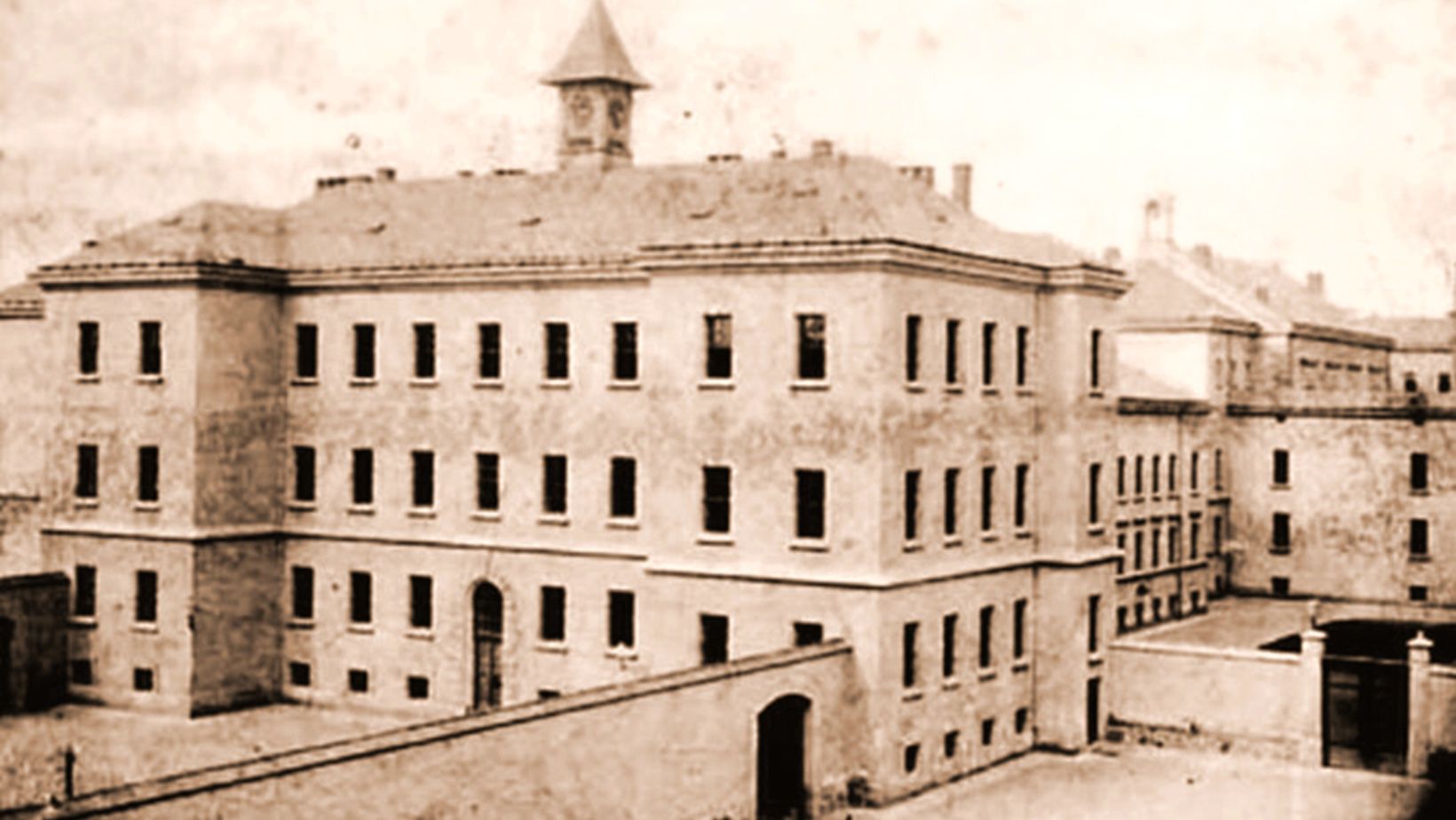Archaeological Researchers Find Burial Site of Political Prisoners at Prague Prison

A burial site containing the cremated remains of over 80 political prisoners has been discovered at the Prague-Pankrac prison.
These prisoners died between 1948 and 1965. The individuals buried at this site consisted of regime opponents from various Czechoslovakian prisons, individuals who passed away in the Pankrac prison hospital, as well as soldiers involved in the anti-communist resistance.
Ales Kyr, a historian specializing in the Prison Service, shared that the scientists unearthed charred bone fragments in the ground where the former execution site stood between 1947 and 1954.
“The area was later cleared, and the gallows from both execution sites were removed. Subsequently, the location remained unused until 1992, when it was designated as a commemorative site,” Kyr explained.
In October of last year, a soil survey was conducted, leading the archaeologists to discover traces of organic material within the soil. Subsequent analysis revealed that these fragments were the remnants of burned bones. “We can reasonably assume that these are the remains of individuals whose urns were emptied at this location,” stated Jan Marik, the director of the Institute of Archaeology at the Czech Academy of Sciences.
While scientists lack an exact list of the victims interred at the site, they are relying on historical records to ascertain the identities of those whose remains may be found at the Pankrac burial site.
The project aimed to unravel the fate of political prisoners who were not laid to rest at the Dablice cemetery or the burial site in Motol, both situated in Prague.
Initially, the researchers had to identify the cremation numbers to confirm that the deceased individuals were indeed cremated. “Subsequently, we had to determine whether or not the urns were given to relatives or family members,” explained Kyr. Nevertheless, he noted that the remains were seldom handed over to relatives, with most of the urns being stored at the Pankrac prison.
A portion of the urns was transferred to Motol in 1965, but the remainder have yet to be located. In some instances, scientists discovered records indicating the destruction of the urns.
Through archival documents, they discovered that in 1961, the interior minister issued an order to mix the remains from the urns with the soil. “The exact reasons for the selective destruction of certain urns and the preservation of others until 1965, when they were brought to Motol, remain unknown,” remarked Simankova.
Support Prague Morning!
We are proud to provide our readers from around the world with independent, and unbiased news for free.
Our dedicated team supports the local community, foreign residents and visitors of all nationalities through our website, social media and newsletter.
We appreciate that not everyone can afford to pay for our services but if you are able to, we ask you to support Prague Morning by making a contribution – no matter how small 🙂 .



